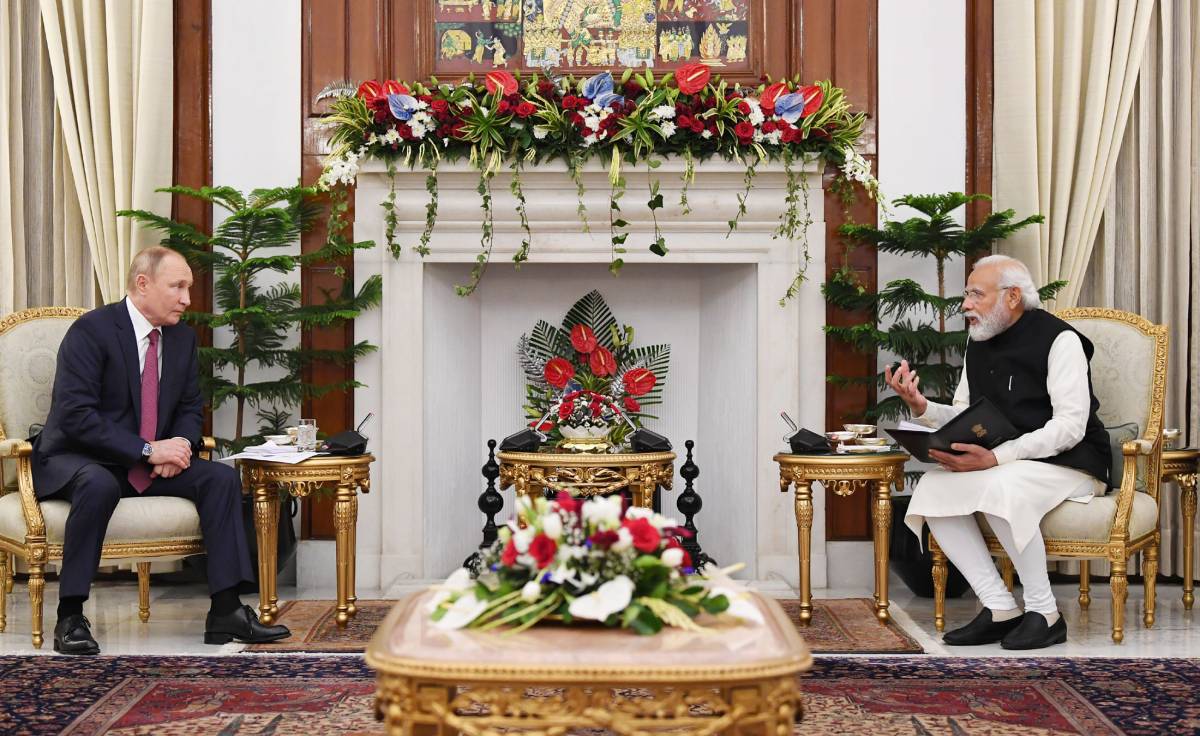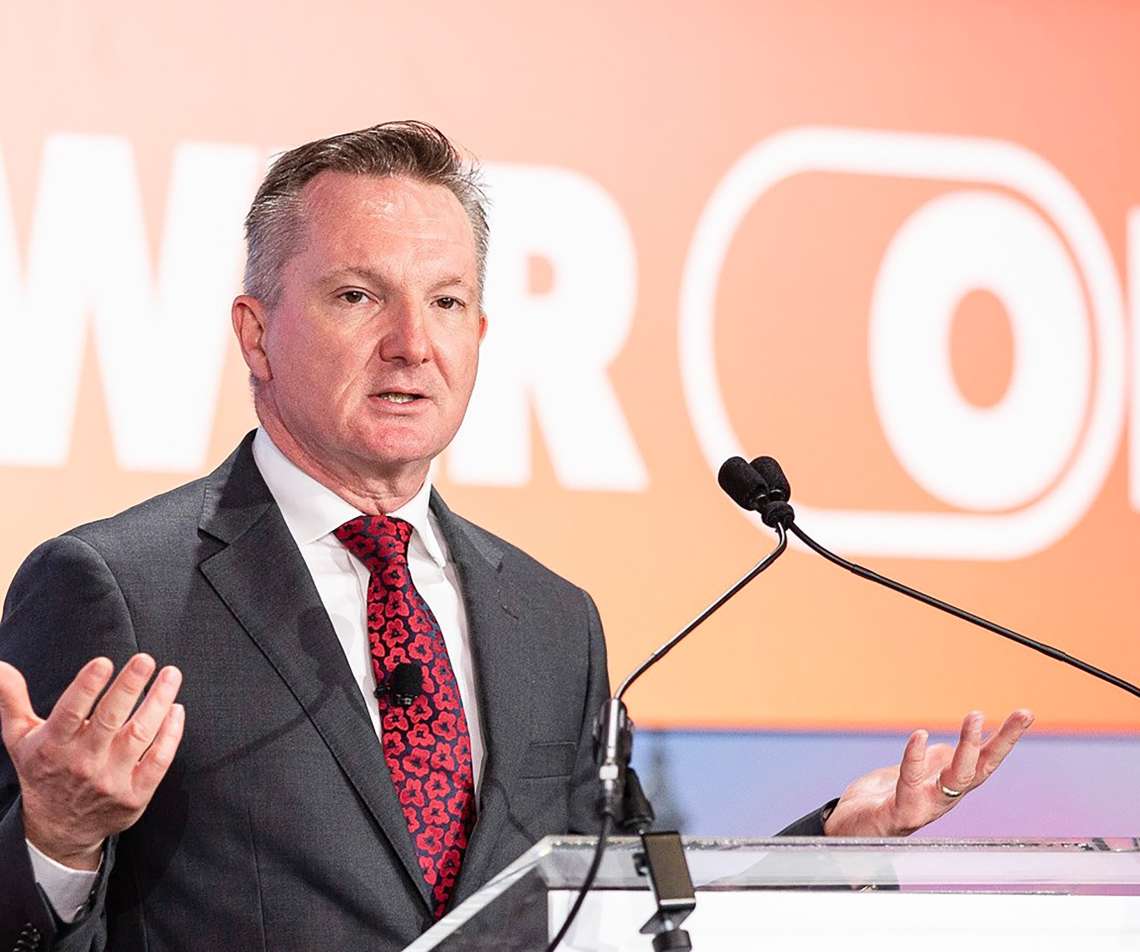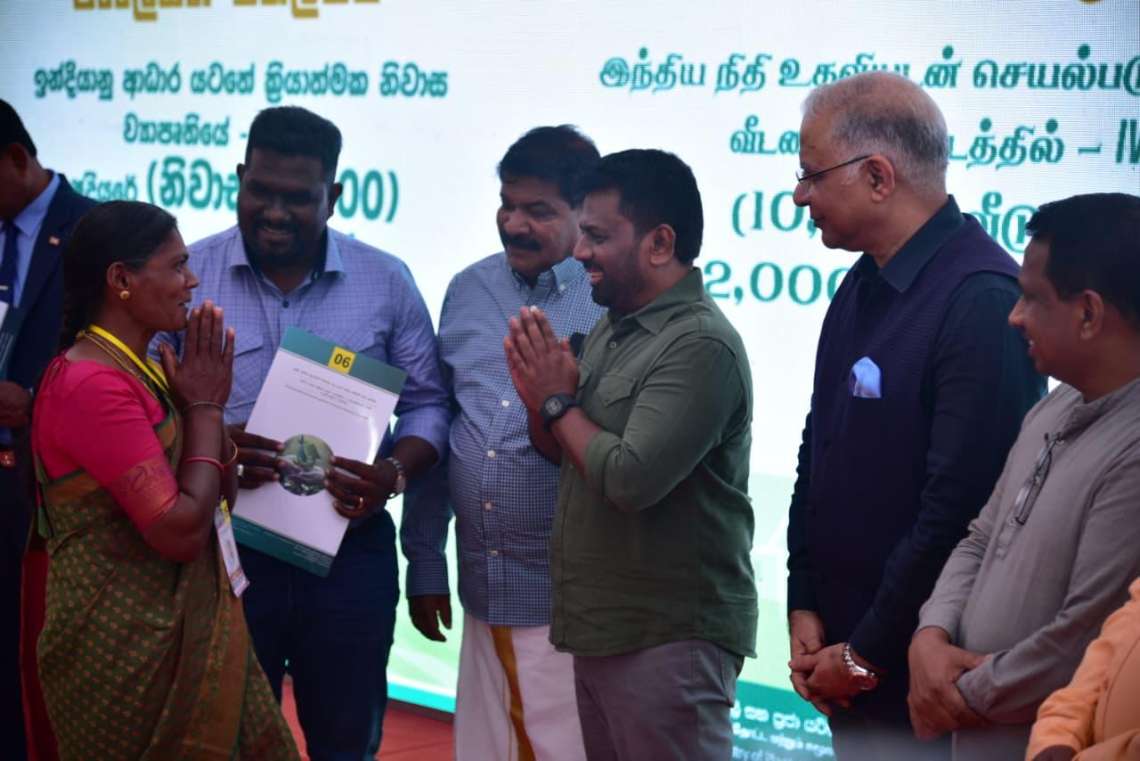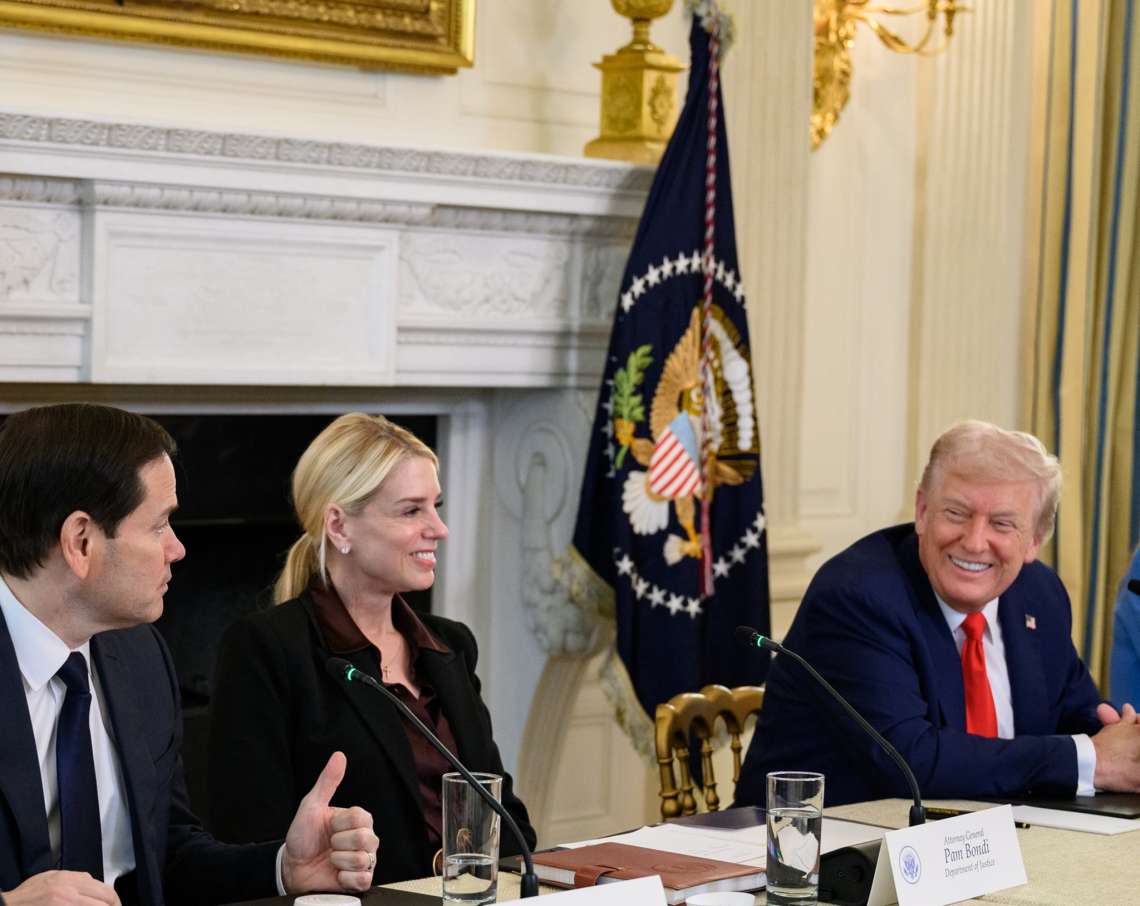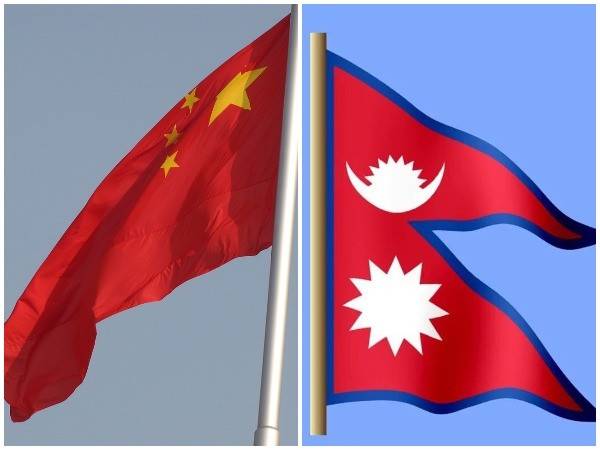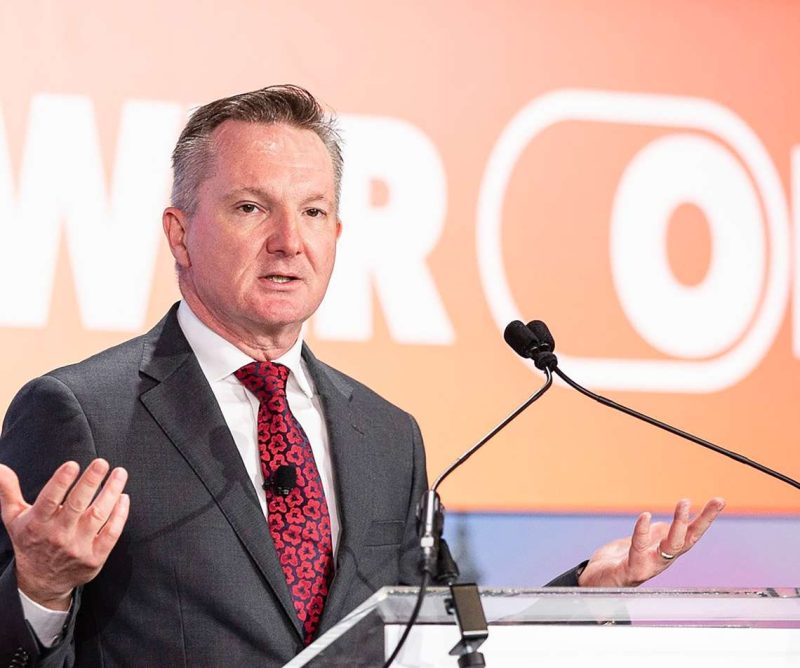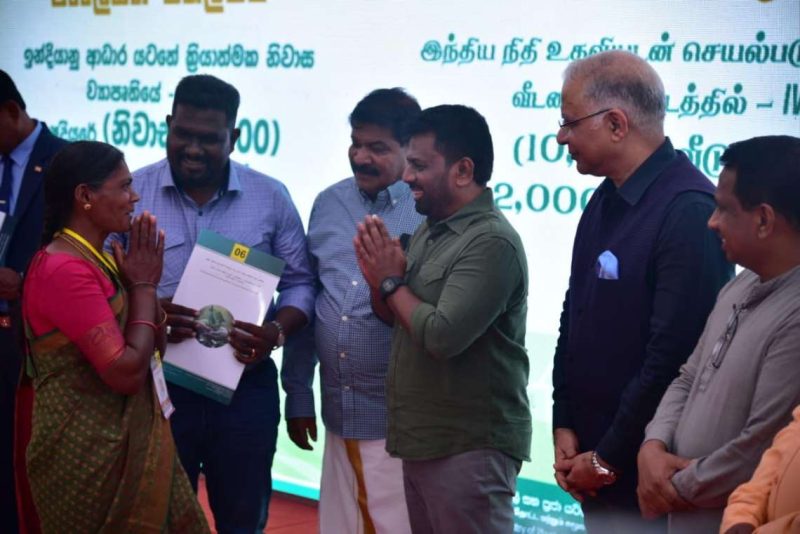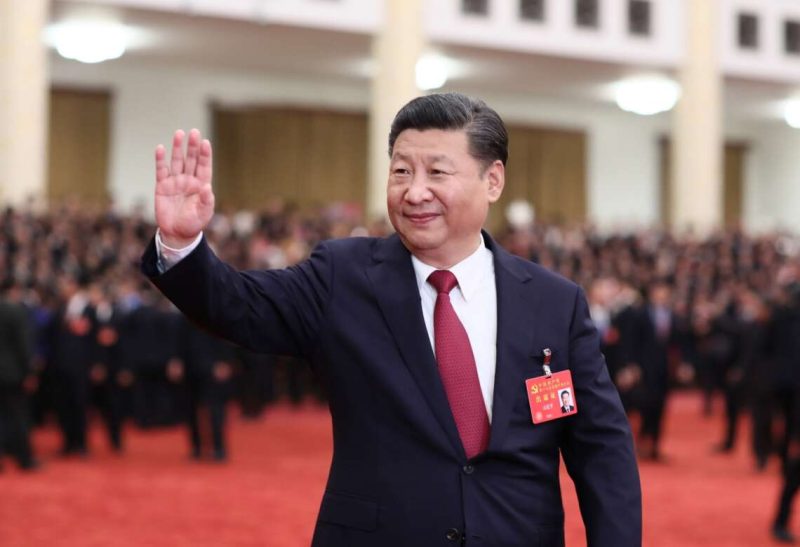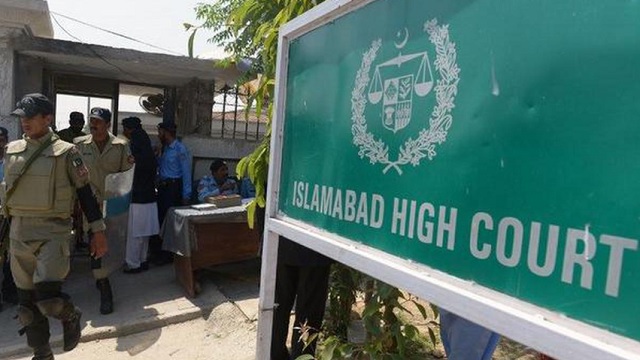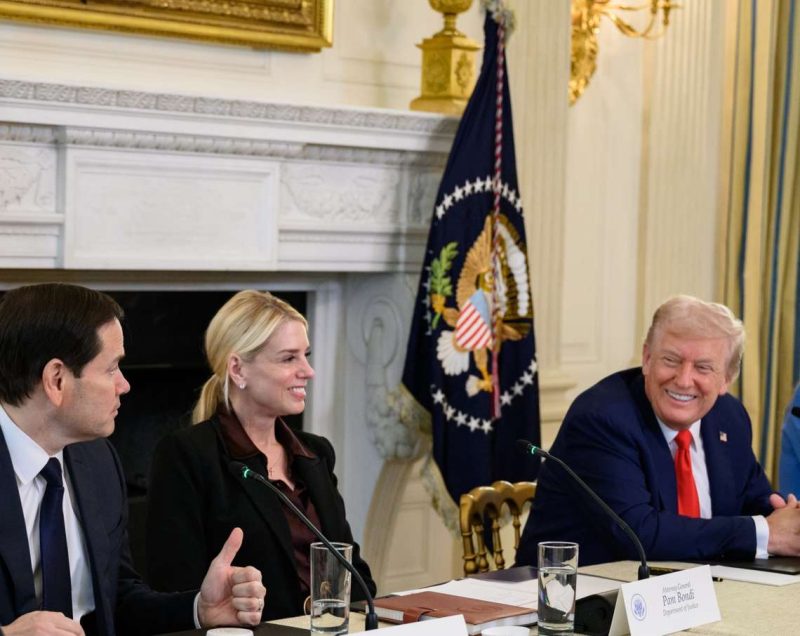Putin’s gesture in travelling to India, albeit for a few hours, despite pandemic concerns and the immediacy of the Ukrainian crisis has helped to counter the narrative of the two countries inexorably drifting apart, writes Kanwal Sibal
Russian President Vladimir Putin’s visit to India on December 6 was important for a variety of reasons. Bilaterally, it helped to address some misgivings that the two countries were drifting apart. Geopolitics and defence had bound the two countries together for decades but the perception had developed that on both counts the relationship was not as strong as before.
Geopolitics was seen as compelling both sides to strengthen partnerships with countries viewed respectively as antagonistic towards them. Russia’s ties with the US, always fraught, have worsened to the point of virtual hostility at present. At the same time, India’s ties with the US have vastly improved. Russia sees India as drifting steadily into the US orbit at the cost of the traditional independence of its foreign policy. India rightly believes that its increasingly close ties with the US are independent of its ties with Russia and serve the new political, economic and military requirements as we rise as a country and have the ambition to play a larger role in international governance.

Russia is being subjected to multiple pressures by the US and Europe towards its west. India is not seen by Russia as being in the same power league as China as a partner to resist these pressures and maintain its space to act in defence of its interests, both in the UN and outside. India cannot cover Russia’s flanks as China can do. India is also not in phase with the development of close China-Russia ties within the Russia-India-China dialogue forum, BRICS and the SCO, as India’s own relations with China have deteriorated very sharply. The deepening of Russia-China ties, especially its military dimension in the context of close China-Pakistan ties, is a matter of some concern to India, but we have possibly a better appreciation of Russia’s compulsions than Russia has of the dynamics of our improved ties with the US.
Russia’s opposition to the concept of the Indo-Pacific and the Quad is the case in point. India has been slow in embracing both, with our relations with China in mind principally, but also Russia to some extent. India cannot objectively count on Russia to counter the Chinese in its expansionist policies in the maritime domain, in our neighbourhood in general and its unilateralism on our territorial disputes. With the US now treating China as an adversary and seeking to counter its maritime expansionism, not to mention reducing dependence on the critical supply chains it controls, India has objective reasons to cooperate with the US to protect shared interests. The US has the capacity to strengthen our maritime surveillance capabilities in the Indian Ocean in ways Russia cannot. With Japan facing Chinese expansionism in the western Pacific and Australia subject to its bullying tactics, the case for Quad has got progressively strengthened in India’s calculus. More so, as India’s concept of the Quad goes beyond maritime security and covers the domain of new technologies, diversification of critical supply chains, climate change, disaster relief, education and anti-Covid vaccines.

Russia’s positions on the Taliban and Pakistan’s role in Afghanistan have not been in alignment with ours. This is a sensitive area for us given the ideology of the Taliban, Pakistan’s ambitions to oust us from Afghanistan and terrorism related security issues emanating from the Af-Pak region that we face. Russia has not always involved us in discussions it has initiated on Afghanistan, believing that our presence will prevent constructive cooperation by Pakistan. India has also had concerns that the expanding Russia-China strategic ties may lead to Russia accommodating China’s strategic interests in Pakistan as part of a give and take involving each other’s interests and concerns.
It is in this broad context that Putin’s visit was timely. It had become necessary to change the developing narrative of gaps developing in India-Russia ties. This risked narrowing our foreign policy space, including in dealing with the US that remains uncomfortable with our close ties with Russia, especially in the defence sector where its lobbies want it to replace Russia as our principal defence partner.
Putin’s gesture in travelling to India, albeit for a few hours, despite pandemic concerns and the immediacy of the Ukrainian crisis has helped to counter the narrative of the two countries inexorably drifting apart. With the first supplies of the S-400 air defence system reaching India in December, India has asserted its fundamental position that it will maintain defence ties with Russia independent of any US concerns, as they serve our vital national interest. During the visit another “significant” new contract for the manufacture of AK 203 assault rifles in India was signed, despite the overhang of CAATSA. Apparently, two further contracts will need to be signed before production can begin. Significantly, this is the first major contract in defence manufacturing in the “Atmanirbhar” framework. The AK 203 will equip our entire armed forces, including the para-military forces eventually. A complete transfer of technology is envisaged. The RELOS agreement on logistics could not be signed as expected, and this is because the Russian side apparently added a para to the already approved text at the last minute. It should be signed at the earliest appropriate occasion. The Kamov-226 contract, already delayed, still awaits finalisation. India is now much more demanding on technology transfer issues.

Apart from the extension of the Defence Cooperation Agreement for another 10 years-from 2021 to 2031, the Defence and Foreign Ministers of both countries held their inaugural 2+2 dialogue just before the Modi-Putin meeting. Notwithstanding CAATSA, Raksha Mantri mentioned India’s requirement of closer military cooperation with Russia, expressed concerns about militarisation and expansion of armament in our neighbourhood and the completely unprovoked aggression on our northern border (words intentionally made public to send a message to China that India was raising these concerns with Russia knowing its increasingly close ties with China and the shared membership of the three countries in RIC, BRICS, SCO etc.), adding cryptically that India “seeks partners who are sensitive and responsive to India’s expectations and requirements”. India has such 2+2 dialogues with the US, Japan and Australia but not with Russia despite our Special and Privileged Strategic Partnership with it. This anomalous situation has now been corrected. That this dialogue to better coordinate our defence and foreign policies has taken place when our relations with China have slumped and its troops are massed on our border has political significance.
ALSO READ: NATO, EU call for de-escalation of Russian-Ukrainian tensions
Raksha Mantri proposed greater engagements in the Indian Ocean region where Russia’s thinking is not in alignment with ours. It remains somewhat inexplicable why despite several discussions between India and Russia at Foreign Ministers level, the reality of Chinese expansionism in Asia where China has encroached into the Russian sphere of influence in Central Asia where Chinese investments are more than four times of that of Russia and China’s access to oil and gas of the region reduces the degree of its dependence on Moscow, as well as China’s territorial claims on India and resort to aggression of which it has had a bitter past experience, Russia continues to believe that the Indo-Pacific and Quad are America’s ploys to create exclusive blocs and draw India into a military alliance against China. Russia still employs the term Asia-Pacific instead of the Indo-Pacific, a term earlier invented by the Americans and which did not include India as part of “Asia”.
It has been noticed that Putin himself has been more prudent in his comments on the Indo-Pacific than Foreign Minister Sergey Lavrov. He appears to have been satisfied with Modi’s enunciation of the Indo-Pacific concept at the Shangri La dialogue at Singapore in 2018 as an inclusive one and has recognised that India is free to make its choices. Any military alliance between India and the US would no doubt certainly rock bilateral ties seriously. (Interestingly, Russia has not reacted adversely to the western “Quad” of India, UAE, Israel and the US). That, according to Kremlin aide Ushakov, during the Putin-Xi call on December 15 both leaders expressed negative sentiments about the Quad (and AUKUS) is surprising coming from the Russian side.
That Putin briefed Xi on his talk with Modi and evoked the possibility of an RIC summit suggests his concern at the state of India-China ties, the need for Russia to take some initiative to prevent a further deterioration and some signal from Modi that India would not be averse to some form of a Russian effort to sensitise China against its aggressive moves on the Indian border. One cannot envisage a RIC summit unless the status quo ante in Ladakh is restored, and if China were ready to do that, it would much rather take credit directly with India rather than build Russia’s diplomatic stature.
On Afghanistan, Russia’s own calculations in reaching out to the Taliban and Pakistan have gone awry with the sudden collapse of the Ghani government and the take-over of Afghanistan by the Taliban without resistance. This has derailed the project of an inclusive government in Kabul and raised concerns about the fall out of terrorism and radicalism in Central Asia. This has drawn India and Russian positions closer, as reflected in Putin’s public remarks in New Delhi and in the joint statement which also includes a reference to the LeT as a threat. A Permanent Consultative Mechanism on Afghanistan between the National Security Councils of both countries has been established.

Energy cooperation with Russia is set to expand, with more Indian investments in Russian Arctic gas and oil fields. A 2019-2024 Road Map for Cooperation in Hydrocarbons has been agreed. With the Arctic route potentially opening up, the Vladivostok-Chennai maritime corridor, whose feasibility study is being conducted, could well become a major economic Indo-Pacific link between India and Russia. With India ready to make investments in developing Russia’s Far East, to facilitate which India has offered a $1 billion credit line, the prospect of boosting the present low level of bilateral trade has improved. Russia cannot but be concerned about next-door China increasing its presence in the region. Consequently, it would objectively favour more Indian presence and involvement. At the coming Vibrant Gujarat event several governors from this region have been invited to participate.
To boost economic cooperation, Russian companies have been invited to participate in 13 key sectors in India, taking advantage of the Production Linked Incentive Scheme, especially in the steel sector. Accepting RuPay and Russia’s MIR cards within the national payments structures is being explored, including UPI and the FPS of the Bank of Russia.
Many positives have emerged from Putin’s visit, with a sense of assurance that despite being pulled geopolitically in different directions and Cold War-like tensions that have erupted, that both countries have to manage together, some basic understandings between the two countries on the fundamentals of long standing mutually beneficial ties have endurance.
(Kanwal Sibal is India’s former foreign secretary and ambassador to Russia. Views expressed are personal and exclusive to India Narrative)
(The content is being carried under an arrangement with indianarrative.com)


